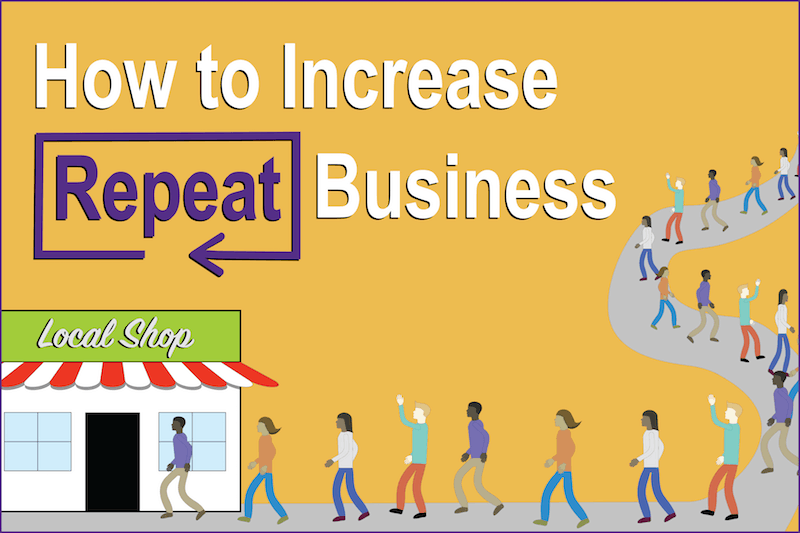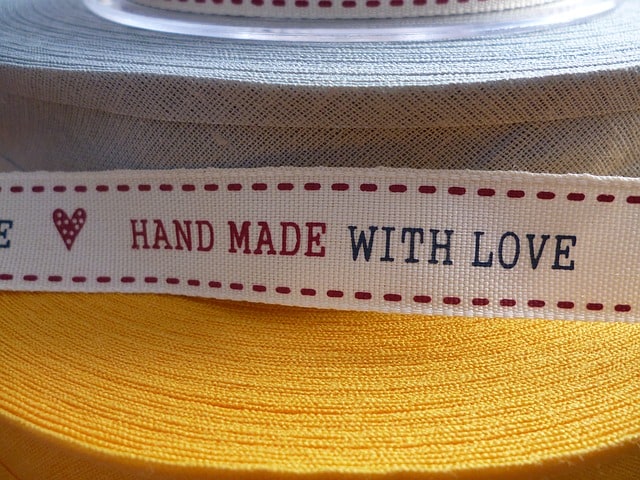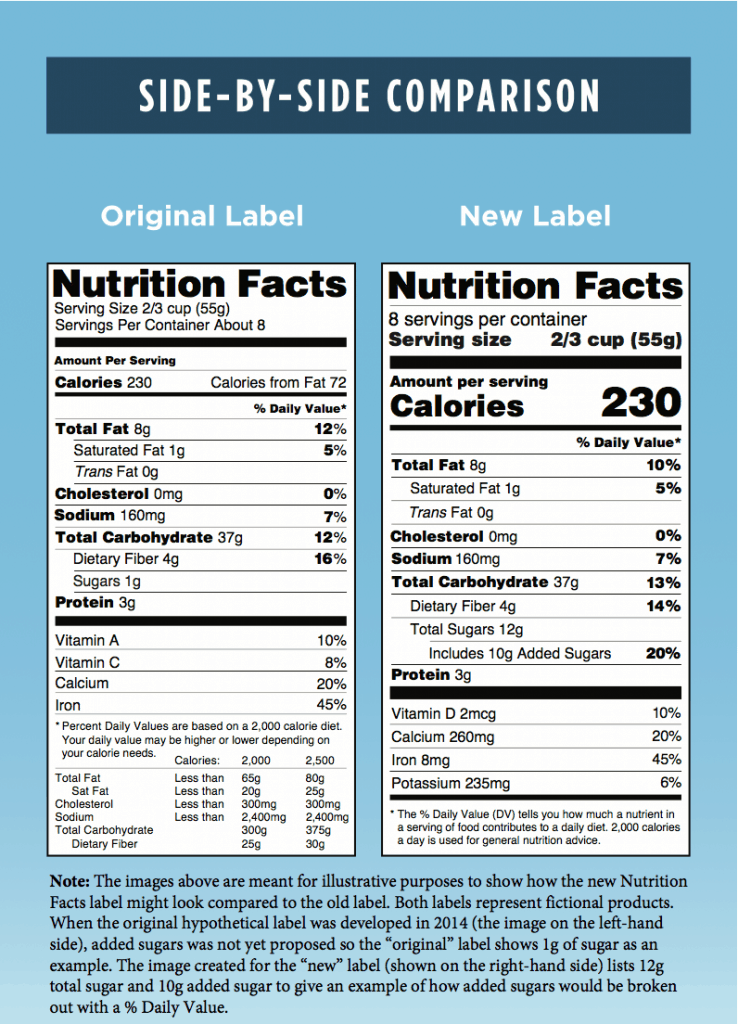
Inspiring a Second Purchase
Which is more important, a customer’s first purchase or their second?
While obviously a customer has to try—and like–your product or service once before they’ll buy it a second time, the second encounter is crucial for developing loyal customers. By the time a customer has made that second purchase, they’re well on their way to becoming a regular.
Here are some ways to encourage that second sale and establish a devoted customer base.
Appeal to Customers Who Want to Feel Good About What They Buy.
Seek out customers who believe that the way they spend their dollars reflects their values. Don’t bother trying to woo customers who are primarily motivated by price or ease of purchase. Another business can probably provide what you’re offering for less money and/or more  conveniently, so price-driven customers are unlikely to become regulars.
conveniently, so price-driven customers are unlikely to become regulars.
Your best customers are more willing to go out of their way to purchase products or services that make them feel good about how they spend their money. Motivators for these customers include:
- Quality and uniqueness. Handmade items, unusual flavors, and ethical sourcing appeal to people who want to make every purchase count. Explain what went into your product that makes it different/better.
- Products and companies with a vision. You started your business for a reason. Share your story. When customers believe that buying your product or service is a vote for their values, they’re more likely to keep purchasing it.
- A great customer experience. Sometimes, the way that you offer your product or service makes people want to buy from you just as much—or more–than the product or service itself. Providing personal attention, offering gift wrapping, and customizing your offerings for each person’s needs makes people want to come back and experience it again.
Be Transparent
According to Nielsen, today’s consumers are looking for transparency. They want to know what’s inside a product, its health benefits, how it’s produced, its impact on workers and the environment, and the owners’ values .
.
Some companies are founded with transparency at their core. Equal Exchange (where I was Employee #1) has built a loyal following by selling only 100% Fair Trade products and providing extensive information about their trading partners and sourcing practices. When the three founders launched the business in 1988, there was no such thing as a B Corporation and hardly anyone had ever heard of Fair Trade, but Equal Exchange was able to attract lifelong customers attracted to its values and integrity.
Even mainstream brands, such as Honest Tea, have been founded with transparency as a value. Their name communicates the fact that the product contains all real ingredients. They intentionally include those little tea bits in their drinks so you know there’s real tea inside. Honest Tea is now owned by The Coca-Cola Company, but is still operated by one of the founders and continues to strive towards transparency.

Savvy companies understand that it pays to be ahead of the game when it comes to transparency. For example, packaged food producers aren’t required to implement the FDA’s new Nutrition Facts label until at least July, 2018, but—as Nutrition Action points out–businesses such as Starbucks, Trader Joe’s, and Whole Foods have voluntarily adopted the new labels early. They know that their educated customers want to know how much added sugar is in their products, so they’re not waiting until the government forces them to disclose this information.
Tips to encourage second purchases
- Know your customers. Online businesses should welcome customers back when they log in a second time. If you have a brick-and-mortar business or sell directly to consumers at farmers markets, try to track repeat sales the old-fashioned way—by knowing your customers by name or face. This is easier to do when you have a Point of Sales system that they helps you identify repeat customers. Many businesses also use paper or digital loyalty cards to track repeat customers.
- Focus on your best prospects. If you have limited resources, focus on giving fantastic customer service to a few customers or outlets, rather than trying to be everywhere at once. If you grow too rapidly and can’t keep providing frequent, high quality interactions, you’ll lose customers.
- Reach the same people over and over again. If you offer product demos or sell at farmers’ markets, schedule the same people to be at the same place at the same time and day of the week, several times in a row. This will make it easier for your staff and customers to recognize each other. Train your staffers to ask people if they’ve tried your product before and to look for signs of recognition when people approach your table.
- Ask new customers if you may contact them by email. Provide a good reason to give their email, such as getting special offers, entering a raffle or making a donation to a charity on their behalf. Email them right away so you can find out if they had a good experience, tell them how their purchase made a difference, and incentivize them to buy again. Social media is also a great way to build relationships with customers. If you do remarketing, you can set up social media ads that get shown to your new customers to encourage them to make another purchase.
- Provide a wonderful experience every time. Whether you’re selling in person, through a store or other intermediary, or online, strive to make interacting with or purchasing your product or service as satisfying, efficient, and memorable as possible. While you may not have the budget to create an immersive retail experience like the luxury brands, you can use your creativity to engage the senses. Whatever you do, providing a welcoming environment that makes people look forward to coming back will gain you repeat customers.
- Incentivize the second purchase. Save some of your promotional dollars to attract repeat purchases. Instead of discounting their first purchase, reward customers with a big discount or incentive when they make their second purchase. Give them a pre-punched or preprogrammed loyalty card that shows they’re already on their way to a free cup of coffee or 25% off another purchase. You can also invite them to a customer-only event or suggest they come back for help from a personal shopper.
- Make it time-sensitive. If you can attach a deadline to a deal, you have a better chance of getting a customer who intends to make another purchase actually do so. Whether you’re offering a free behind-the-scenes tour on a specific date or a voucher for free shipping for the next month, deadlines can motivate action.



